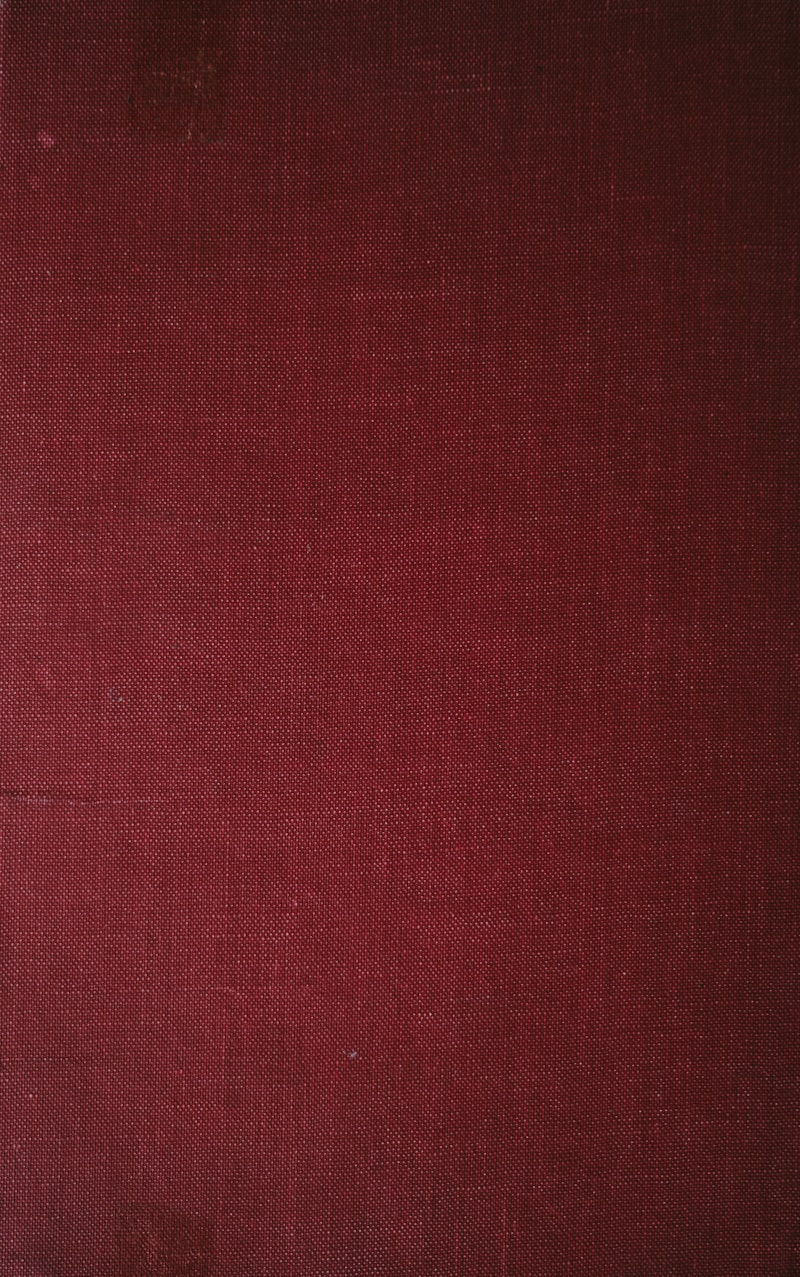Mastering Fabric Availability and Tailoring Time: A Comprehensive Guide
Understanding Fabric Availability and Tailoring Time
In the world of fashion and garment production, few factors are as crucial as preparing for fabric availability and tailoring time. Whether you are an aspiring designer, a fashion entrepreneur, or simply a clothing enthusiast, understanding these components can significantly influence your success in the industry. In this article, we will delve deep into the intricacies of fabric availability, tailoring time, and how they interact to shape your fashion projects.
The Importance of Fabric Selection
Choosing the right fabric is one of the first and most vital steps in the garment-making process. The fabric you select determines not only the aesthetics but also the functionality and comfort of the final product. Here are some key factors to consider:
| Factor | Description |
| Fabric Type | Choose fabrics based on the desired characteristics of the garment. For instance, cotton is breathable and comfortable, while silk offers luxury and elegance. |
| Quality | High-quality fabrics may increase production costs but provide durability and a premium feel. |
| Supplier Reliability | Ensure your fabric suppliers have a good track record for delivering on time to avoid delays in production. |
| Seasonal Availability | Certain fabrics may only be available during specific seasons, impacting your design strategies. |
The Role of Tailoring Time
Once you've selected your fabric, the next step is understanding tailoring time, which refers to the time required to cut, sew, and finish the garments. This process involves various techniques and often requires meticulous attention to detail.
Key Components of Tailoring Time
Several factors can influence tailoring time:
| Component | Influence on Tailoring Time |
| Complexity of Design | Intricate patterns or styles will take longer to construct than simple designs. |
| Level of Skill | More experienced tailors can work faster and more efficiently. |
| Production Volume | Higher quantities may increase time due to the need for precision and quality control. |
| Equipment Used | Advanced sewing machines can expedite the tailoring process, while basic equipment might slow it down. |
Strategies for Efficient Fabric and Tailoring Preparation
To master the dual challenges of fabric availability and tailoring time, consider the following strategies.
Effective Planning
Begin your project with thorough planning. Identify your fabric needs well in advance, considering the current market trends, seasonal variations, and potential supplier delays. Keeping an organized schedule will help ensure timely acquisitions.
Building Strong Supplier Relationships
Having reliable suppliers can drastically reduce unforeseen delays. Cultivate relationships with multiple suppliers to secure a backup option in case of shortages or delays with your primary source.
Leveraging Technology
Utilize technology to refine your tailoring workflow. Invest in modern tools and software that can assist with inventory tracking and production scheduling. This can simplify your processes and help predict potential bottlenecks in your supply chain.
Common Questions About Fabric Availability and Tailoring Time
As you explore the world of fabric and tailoring, you may have additional questions:
- How can I estimate fabric quantities for my designs? - Calculating fabric requirements involves understanding the pattern layout and the dimensions of each garment.
- What fabrics are best for seasonal collections? - For summer, look for lightweight, breathable fabrics like linen or cotton; for winter, heavier fabrics like wool or fleece are ideal.
- How do I select the right tailoring service? - Consider choosing a tailor with experience in your desired garment type and check their references or portfolio.
The Impact of Timing on Your Fashion Business
In the fast-paced world of fashion, timing can make or break a business. Ensure that your fabric availability aligns with your production timelines; this synchronization can help you launch collections at the right time, maximizing sales potential. Missing a seasonal window can lead to excessive unsold inventory or missed revenue opportunities.
Case Studies: Brands That Excelled in Fabric Preparation and Tailoring
Several notable fashion brands have made a name for themselves by excelling in fabric selection and tailoring efficiency. Here are a few examples:
- Brand A: Known for their high-quality silk dresses, Brand A meticulously sources its fabrics from selected suppliers throughout the year, ensuring consistent availability and premium quality.
- Brand B: This streetwear brand has mastered the art of quick tailoring cycles, allowing them to respond rapidly to fashion trends and maintain a competitive edge.
Conclusion: Final Thoughts on Fabric Availability and Tailoring Time
In summary, preparing for fabric availability and tailoring time is an essential aspect of garment production. By understanding the dynamics of fabric selection and tailoring processes, as well as implementing strategic planning, reliable supplier relationships, and effective use of technology, you can streamline your workflow and enhance the overall efficiency of your fashion business. Remember, the fabric and tailoring quality directly impacts customer satisfaction, so ensure that every step of your process is treated with the utmost care. Best of luck on your fashion journey!
